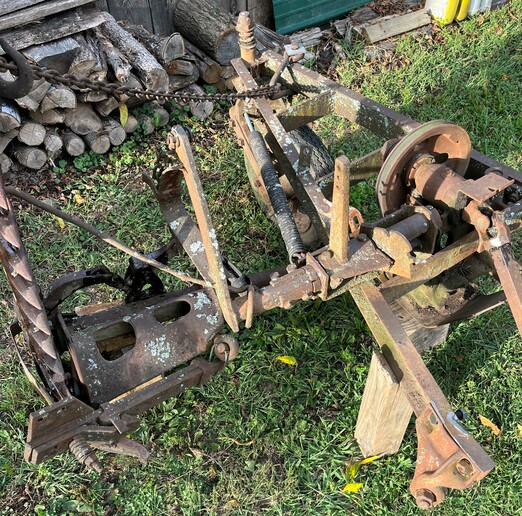SleepyFarmall
Member
Anyone hazard a guess on make and model of this mower? Just in case it needs parts. 7 foot bar. Appears to have been modified along the way.
Anyone know how the pto shaft attaches to the gear box? Would like to replace the pto shaft but can't disconnect from the gear box. Any tips on making a pitman arm?
Pulled it out of weeds to use it on an old overgrown pasture. Not going to use my Farmall BN though.
Thanks, Michael

Anyone know how the pto shaft attaches to the gear box? Would like to replace the pto shaft but can't disconnect from the gear box. Any tips on making a pitman arm?
Pulled it out of weeds to use it on an old overgrown pasture. Not going to use my Farmall BN though.
Thanks, Michael


